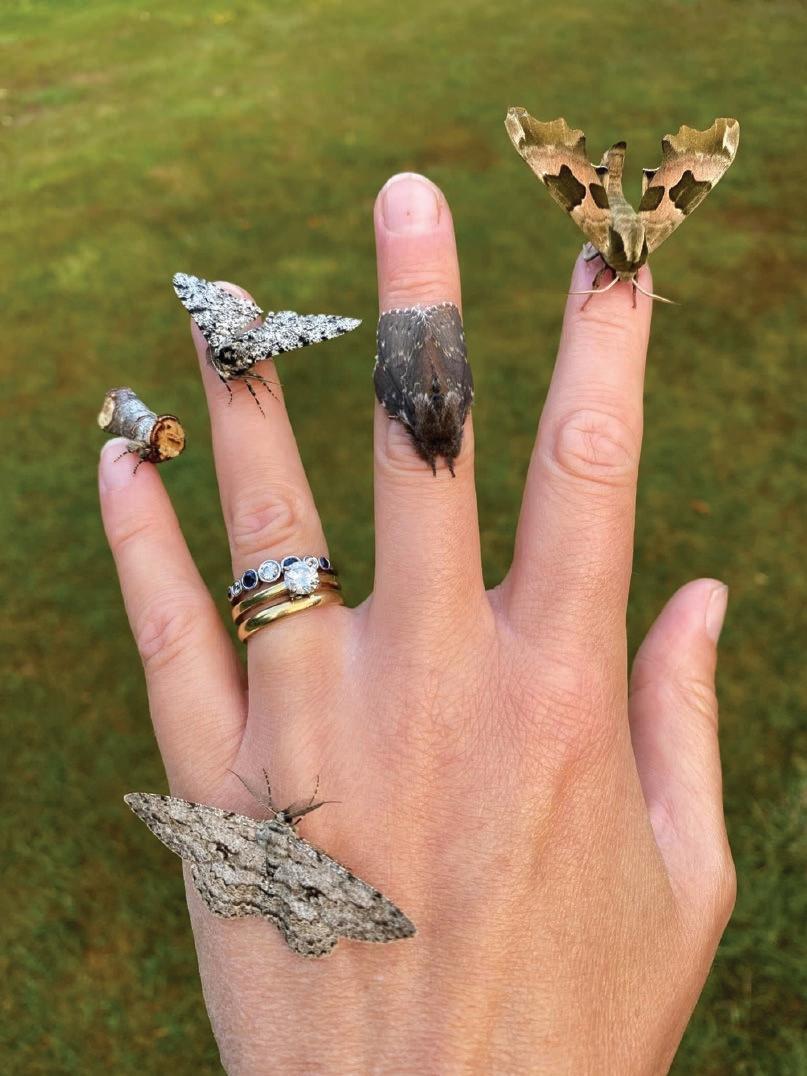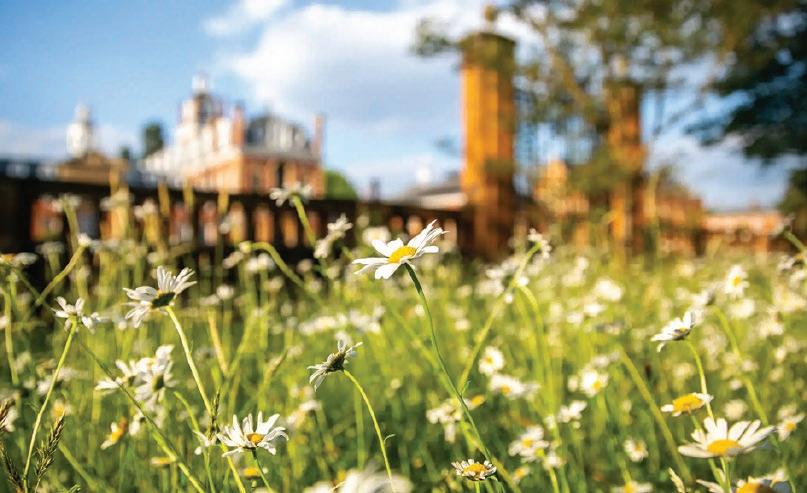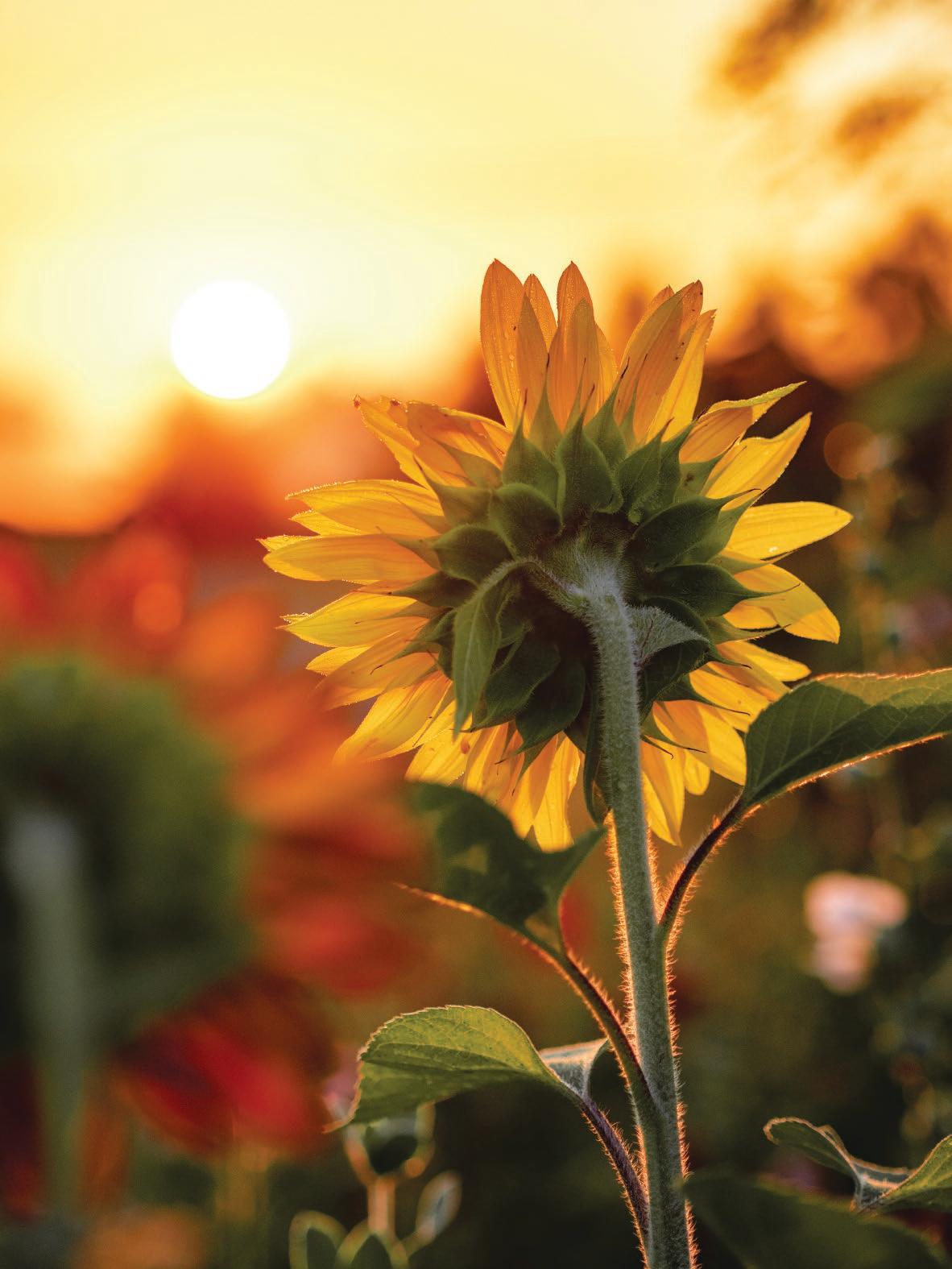
1 minute read
WELLY WILDLIFE
April and May are exciting months for wildlife here at Wellington College, as spring brings with it a flurry of activity and new life around the grounds. From bird migration to wildflower blooms, there is plenty to observe and appreciate in the landscape during these months.
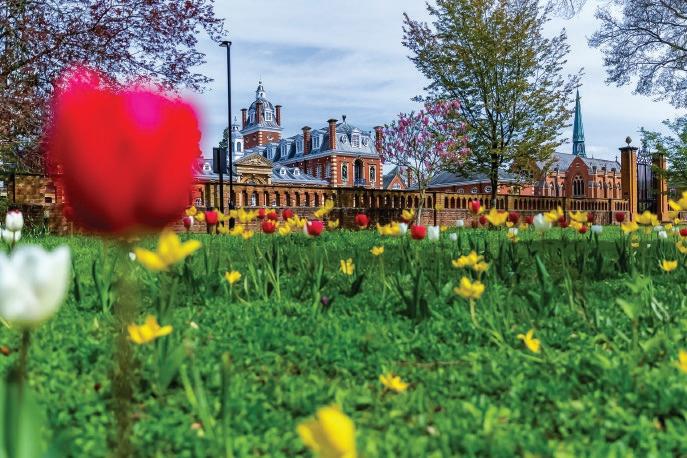
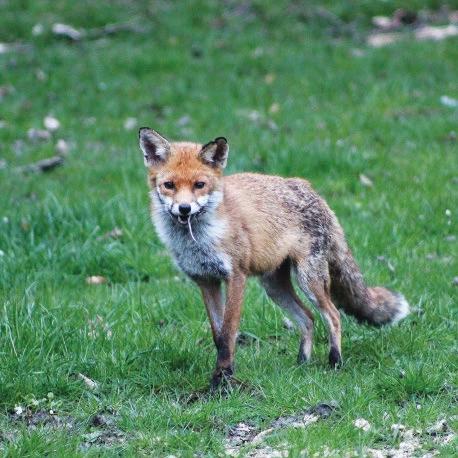

Wellington College is immensely blessed with four hundred acres of fantastically varied habitats: parkland, formal gardens, rewilded meadows of wildflowers and grasses, mixed woodland, ponds, lakes, heathland and bog. While we have immaculate lawns, pitches and golf greens, we also have the benefit of sufficient space to leave other areas less intensively managed and more as nature intended, which is essential for biodiversity. The Gardens team leave piles of dead logs in the woodlands, plant wildflower areas and leave some areas of grassland to grow naturally. They manage the grasslands in different ways, with different cutting and leaving times, which develops greater diversity of habitats.
The Wellington College estate continues beyond the ‘perimeter’ fence up to the edge of Little Sandhurst, and part of this unenclosed area is designated a ‘Site of Special Scientific Interest’ because it is an unusually diverse site comprising mixed woodland, heathland and bog. Lowland heathland and bog are priority habitats for the government’s Biodiversity Action Plan as, sadly, they have decreased respectively by 80% and 94% in the last two hundred years. All this wonderful landscape with its mixture of different habitats supports a huge range of wildlife including one of the most anticipated events in the English wildlife calendar, the arrival of migrant birds. Many species make their way back to the College grounds to join our resident birdlife, including the chiffchaff, sand martin, swallow, and even the rare nightjar. These birds fill the air with their distinctive calls, adding a burst of colour to the skies.
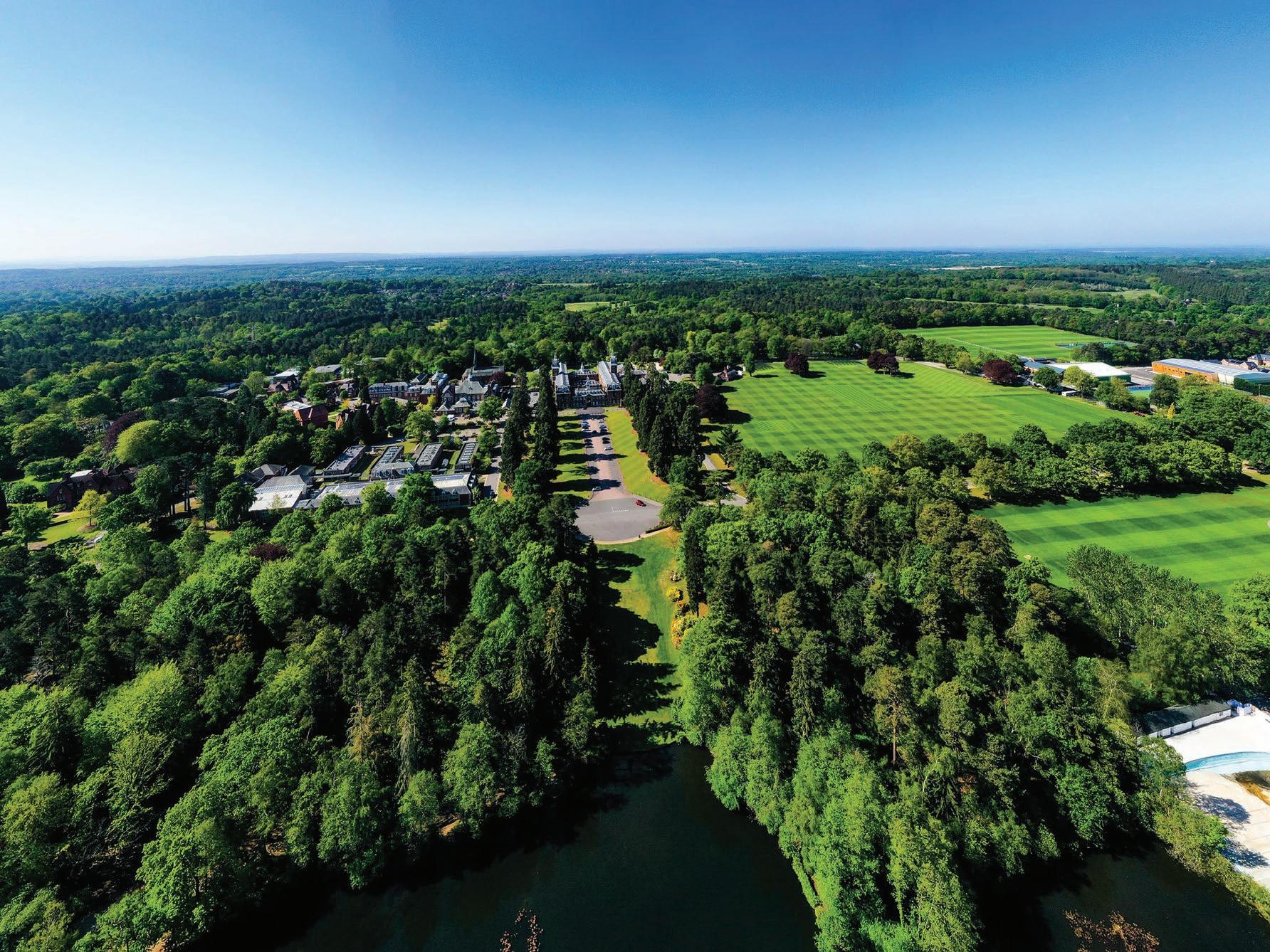
You might have seen our deer and foxes and sometimes local badgers, but as the temperatures start to warm up many animals that have been hibernating during the winter months begin to emerge; this includes hedgehogs, which are a common sight in the gardens. Another animal that emerges in the spring is the protected grass snake, fond of our wetland habitats, but can also be found in dry grassland. During the summer, grass snakes can be spotted basking in the sun near their favourite ponds or swimming in the water.
In addition to the wildlife that can be seen on land, there is also plenty to observe in and around the water during March and April. We have an abundance of amphibians breeding in our ponds, and most, if not possibly all, of the six British reptile species on the SSSI. We also have a tremendous array of invertebrates performing vital roles in all these habitats.

If you would like to learn more please visit the Welly Wildlife website dedicated to the wonderful wildlife at Wellington College https://wellywildlife.org/
